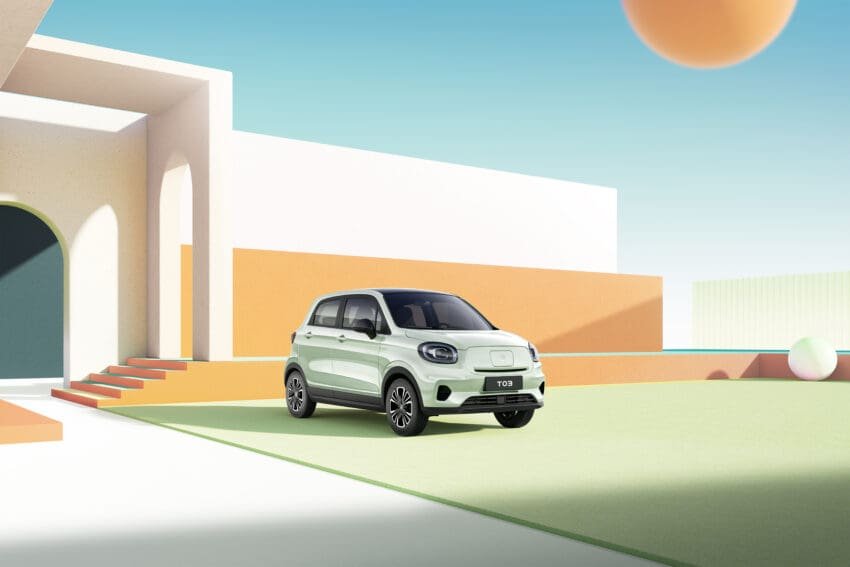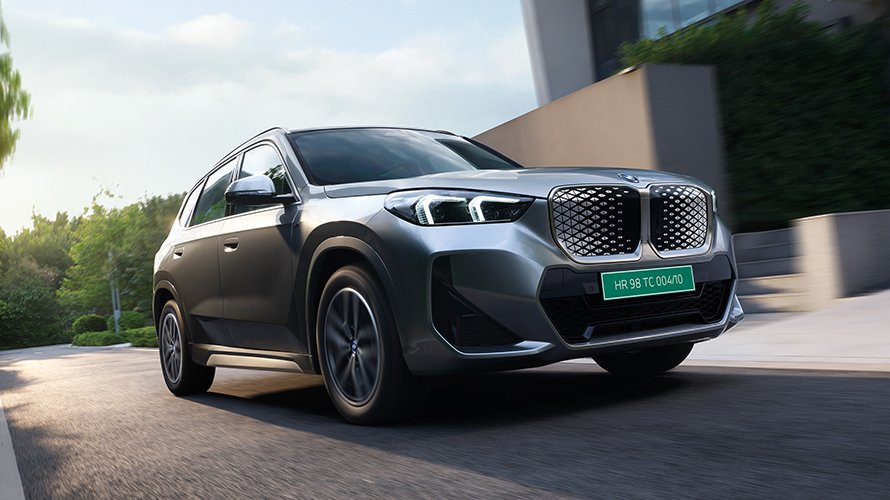Stellantis, the global automotive powerhouse behind Jeep, Citroën, and Maserati, is set to launch its Chinese electric vehicle (EV) brand, Leapmotor, in India by late 2025, marking a significant step in its global expansion strategy. After successful rollouts in Europe, Southeast Asia, and other international markets, India is the next frontier for Leapmotor’s premium, tech-driven EVs. Initially announced globally in May 2024, Stellantis reaffirmed its commitment to the Indian market in April 2025, with recent updates from CEO Shailesh Hazela shedding light on the brand’s plans. With a focus on aspirational, tech-savvy buyers and a portfolio targeting the B- and entry C-segments, Leapmotor aims to redefine India’s EV landscape. Here’s what we know about this exciting development.
Leapmotor’s India Entry: A Strategic Move
Stellantis, headquartered in Amsterdam, formed Leapmotor International in 2023, a joint venture with a 51% stake in China’s Leapmotor, granting exclusive rights to manufacture, distribute, and export Leapmotor EVs outside China. Leapmotor, a fast-growing EV maker, delivered nearly 300,000 vehicles globally in 2024, doubling its year-on-year sales and achieving profitability in Q4 2023—a year ahead of schedule. Known for in-house development of electric motors, AI chips, and advanced driver-assistance systems (ADAS), Leapmotor blends innovation with affordability, making it a compelling fit for India’s burgeoning EV market, which crossed 100,000 units in the first eight months of 2025.
Shailesh Hazela, CEO and Managing Director of Stellantis India, emphasized the strategic importance of this launch: “We’re excited to announce the entry of the Leapmotor brand in India, strengthening our commitment to the market. We already have a strong presence with our Jeep and Citroën brands, and we deeply understand the immense potential that the Indian market holds. We look forward to bringing premium EVs to India’s upwardly mobile consumers—vehicles that redefine modern driving with cutting-edge technology, comfort, and sustainability.”
India’s EV sales are projected to hit 30% penetration by 2030, driven by government incentives like FAME-III and an expanding charging network (100,000 stations targeted by 2025). Leapmotor’s entry, initially planned for Q4 2024 but now set for late 2025, positions Stellantis to compete with rivals like Tata Motors, BYD, VinFast, and upcoming models from Maruti Suzuki and Hyundai.
Leapmotor’s India Lineup: B- and C-Segment Focus
While Stellantis has not finalized the exact models for India, Hazela revealed that Leapmotor will target the B-segment (compact hatchbacks) and entry C-segment (mid-size SUVs), aligning with India’s preference for versatile, urban-friendly vehicles. The company plans to introduce up to six Leapmotor EV models by 2027, starting with completely knocked down (CKD) kits assembled at Stellantis’ Ranjangaon, Maharashtra facility, with gradual localization to keep costs competitive.
Two models are strong contenders for the initial launch:
- Leapmotor T03: A compact electric hatchback, measuring 3.62m long, 1.65m wide, and 1.58m tall, with a 2.4m wheelbase. In the UK, it features a 94 hp motor with 158 Nm of torque and a 37.3 kWh battery, offering a WLTP range of 265 km (real-world ~200-220 km in India). Priced at around £15,000 (₹16 lakh) abroad, it could land at ₹10-12 lakh with localization and subsidies, directly rivaling the Tata Tiago EV and MG Comet EV. Its compact size and V2L (vehicle-to-load) capability make it ideal for urban commuters.
- Leapmotor C10: A mid-size electric SUV, 4.52m long, 1.89m wide, and 1.68m tall, with a 2.83m wheelbase. Globally, it offers a 215 hp motor with 240 Nm and battery options of 56.2 kWh (361 km WLTP) or 67.1 kWh (434 km WLTP). In India, expect a 350-400 km range, positioning it against the Hyundai Creta EV, MG Windsor, and Maruti e-Vitara. Its LiDAR-based Level-2+ ADAS, 14.6-inch touchscreen, and premium cabin could appeal to tech-savvy buyers, with a projected price of ₹20-25 lakh.
The recently unveiled Leapmotor B10, a 4.52m C-segment SUV with similar specs to the C10, is another possibility, featuring advanced autonomous driving tech and a modern design showcased at the 2025 Munich Motor Show. However, India’s preference for SUVs over hatchbacks makes the C10 a more likely first choice.
Strategic Advantages and Challenges
Advantages:
- Premium Positioning: Leapmotor targets aspirational buyers, distinct from Jeep’s rugged appeal and Citroën’s value focus. Its in-house tech, including AI chips and ADAS, aligns with India’s growing demand for smart, connected vehicles.
- CKD Assembly and Localization: Starting with CKD kits at Ranjangaon ensures quicker market entry, with plans for 70-80% localization to leverage FAME-III subsidies (₹10,000 per kWh) and reduce costs.
- Dealer Network Expansion: Stellantis grew its India dealerships from 58 in 2023 to 80 by 2024, adding 30 more recently, ensuring robust sales and service support.
- Geopolitical Tailwinds: Prime Minister Modi’s 2025 China visit signals improving trade ties, easing entry for Chinese brands like Leapmotor, unlike earlier import restrictions.
Challenges:
- Competition: Tata’s 40% EV market share, Maruti’s e-Vitara, and Hyundai’s Creta EV set a high bar. BYD and VinFast, already in India, add pressure with affordable models.
- Infrastructure Gaps: Limited fast-charging stations outside metros could hinder adoption, especially for the C10’s larger battery.
- Brand Perception: As a Chinese brand, Leapmotor may face skepticism in India, requiring Stellantis to emphasize quality and local assembly.
- Pricing Sensitivity: Even with localization, the T03 and C10 must hit ₹10-25 lakh to compete, as Tesla’s 600+ orders since July 2025 show slow premium EV uptake.
Why Leapmotor Matters for India
India’s EV market is at a tipping point, with 30% of buyers considering electric options by 2027. Leapmotor’s entry adds a premium yet accessible brand, complementing Stellantis’ portfolio. The T03 could disrupt the budget EV segment, while the C10’s tech and range appeal to urban professionals. Social media buzz on X highlights enthusiasm for new EV entrants, though some posts express concerns about environmental regulations and competition, reflecting a cautious optimism.
Stellantis’ investment in Ranjangaon and plans for six models by 2027 signal long-term commitment. If priced right, Leapmotor could capture 5-10% of India’s EV market by 2030, leveraging Stellantis’ 80+ dealerships and Jeep/Citroën goodwill.
Conclusion
Leapmotor’s India launch by late 2025 marks Stellantis’ boldest move yet in the country’s EV race. With the T03 and C10, it targets both affordability and premium aspirations, backed by cutting-edge tech and localized production. While challenges like competition and infrastructure persist, Leapmotor’s global success—300,000 units in 2024—and Stellantis’ strategic heft make it a contender to watch. As India drives toward a greener future, Leapmotor could spark a new era of electric mobility.
Note: Prices are estimated based on global pricing and localization assumptions. Launch timelines may shift due to regulatory or supply chain factors. For updates, check industry sources or X for real-time sentiment.



